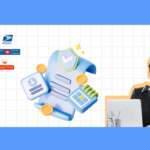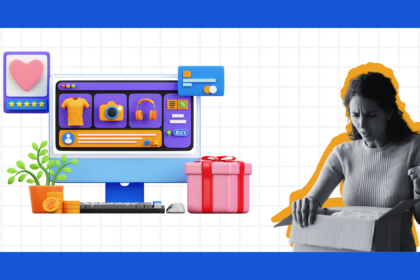Post-purchase Interactions and Customer Delight
Learning about post-purchase interactions is not rocket science. Just how you manage to interact across all touchpoints in your marketing channels, website, etc in the pre-purchase phase, you need to interact with the customers about everything regarding their orders in order to get their delivery experience right and improve customer delight.
However, many businesses unwittingly overlook the importance of the post-purchase phase as they often consider their job done once the package has been handed off to the shipping carrier.
Some customers may get satisfied with the delivery experience, when it is in the control of the shipping carrier. However, it is to be noted that mere satisfaction does not create brand loyalty nor encourage positive word of mouth. Hence, the need for you to take a step further and interact with your customers in the post-purchase phase.
By interacting with your customers at a time when they are most anxious as they’re awaiting their parcels, you are going a step further and exceeding their expectations. This indeed delights them and inspires fierce loyalty.
If you’re thinking right now why customer loyalty is stressed so much, here are some stats to clear your doubts:
- Acquiring a new customer costs five times than it costs to retain an existing customer.
- A retained customer is more likely (> 60%) to make a purchase with you than a new customer (< 20%)
- Just a 5% increase in customer retention rates (CRR) leads to an increase of 25% in profits of at least.
Therefore, it is high time that businesses stop overlooking the post-purchase phase and strive towards it in order to inspire customer loyalty.
For greater clarity, we’ll take things one step at a time by understanding post-purchase interactions via various channels of engagement and how each of them can help in customer delight.
Branded Order Tracking Pages
Did you know that the average customer tracks their parcel at least 8 times on the shipping carrier’s tracking page post-purchase?
That’s 8 touch points lost from your end to interact with the customer that would have otherwise been a golden opportunity for delighting your customers.
The significant downside here is that carrier’s tracking pages are
- devoid of any brand personality or tone of voice (lacks the brand elements from you pre-purchase such as your website)
- visually boring, and
- a marketing dead-end (not encouraging any further brand interaction).
Further, it is the carrier’s brand that gets imprinited on the customers’ minds rather than your brand.
To avoid that scenario, you must interact with your customers in the post-purchase phase via order tracking experiences that are consistent and on-brand.
Enable your customers to track their orders in your own branded tracking page that aligns with your brand elements such as font, logo, etc. This makes sure that it is your brand i.e. imprinted in the minds of your customers than that of your shipping carrier.
While brand recollection itself is good. You can make it even better by using it as a means to drive sales. You can use the real estate on your branded tracking page to upsell and cross-sell products related to the customer’s recent purchase. This way, you are instigating them to make another purchase as they’re tracking their current orders.
You can also use your branded tracking page to collect feedback from customers regarding the carriers’ delivery performance. This can help you make better shipping choices and impress your customers by showing your dedication to providing them with a memorable delivery experience.
Shipping Notifications (Transactional Emails and SMS)
Apart from tracking their orders, customers also wish to receive periodic updates regarding their orders. And when they are deprived of it, they feel being left in the dark and grow increasingly anxious. This soon leads to customer frustration and an increase in WISMO calls.
Worry not! You can simply prevent yourself from getting in this situation by taking the responsibility of meaningfully engaging with your customers and delighting them.
That means not just sending regular transactional emails and SMS notifications to your customers but also interacting with them when something goes wrong with their orders. This mitigates their anxiety and assures them that you will resolve the issue before it impacts them.
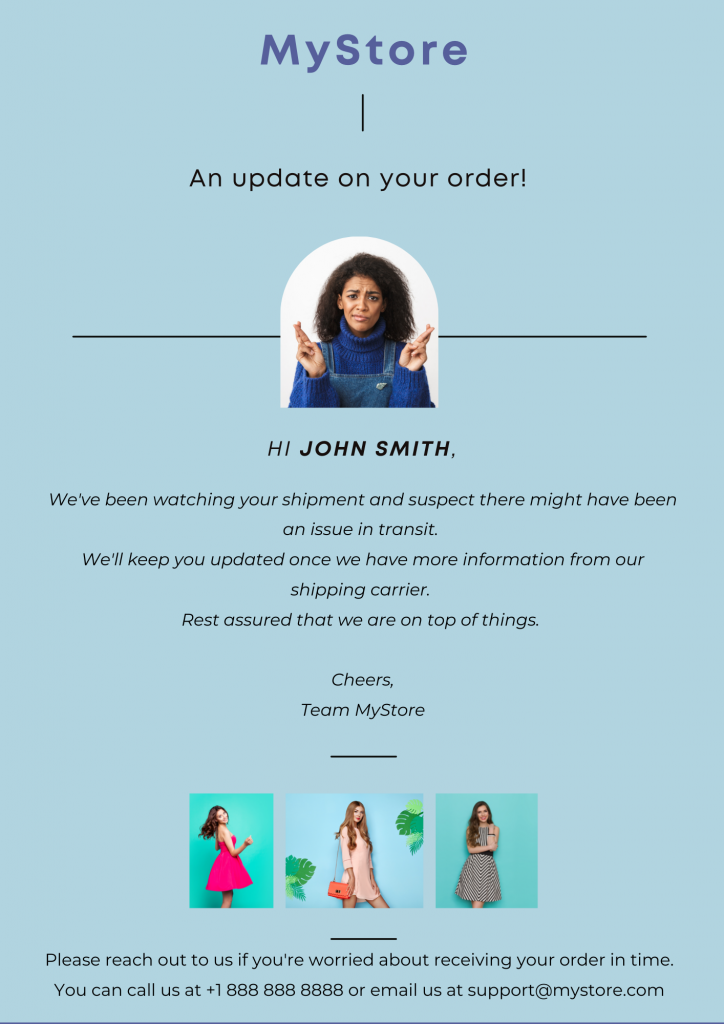
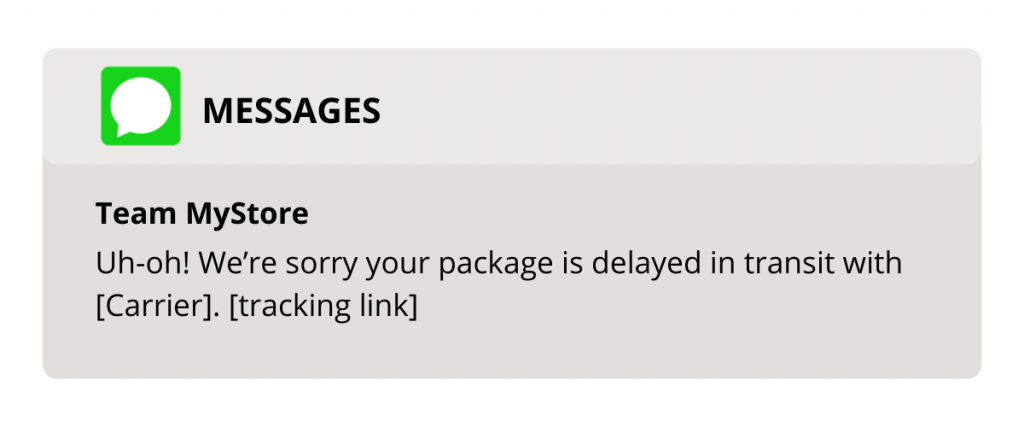
You can as well provide post-purchase interactions in the form of answering your customers’ FAQs while tracking their orders.
Shipping notifications can also be sent to retarget dormant customers who’ve not purchased with you for a long time or have abandoned their cart. In these cases, the best ploy is to include a special discount to compel them enough to make the purchase.
Customer Support Interactions
Similar to the previous channels, you can as well provide post-purchase interactions via proactively assisting your customers with the help of your support team.
Arm your team with data regarding your customers’ orders and enable them to easily spot shipments that may require attention and initiate contextual email communication with customers.
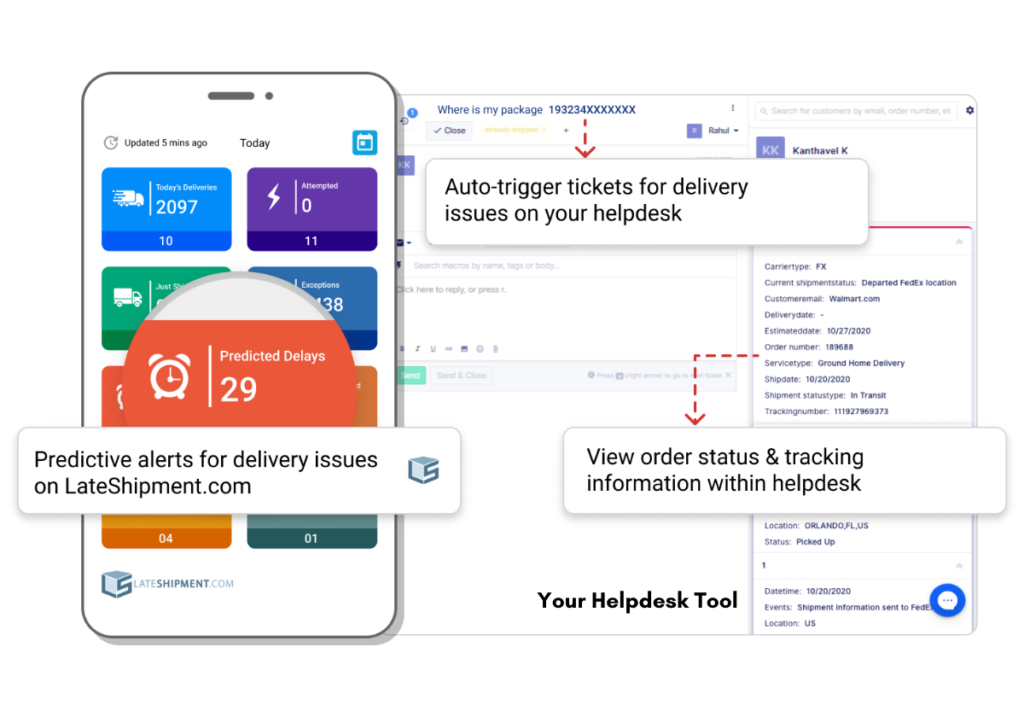
This way, you have the opportunity to delight your customers by showing how much you value them and turn unhappy customers into brand advocates.
Proactively resolving your customer’s issues also considerably reduces the number of calls about parcel whereabouts that a support agent has to face and frees up their time to tend to product-specific issues.
Social Media Interactions
They say social media is a double-edged sword that can make or break your brand. Therefore, it is wise to handle it carefully and keep it aligned with the rest of your marketing channels.
On the positive side, you can use your social media to promote relevant products with your followers and encourage them to make their purchase. On the negative side, social media is the first place where angry customers storm off to share any grievances in their order delivery.
@HOKAONEONE and @UPS this is a mess. I’ve been out $200 for over two weeks, and neither of your customer service teams have answers. #wismo #CustomerService pic.twitter.com/gtxf90n0DT
— Amy Mildren (@amymildren) June 20, 2020
When it comes to negative statements about your brand on social media, the last thing you should do is ignore the comments and hope for the best. They deserve a response from your representative to facilitate further trust and respect from your customers. This in turn can help you delight your customer and build stronger relationships with them.
@AntonKrasun This is extremely worrying to hear, can you please DM us with your order details so we can check this out for you!
— Deliveroo Help (@DeliverooHelp) May 3, 2016
Once you’ve successfully diffused the negative customer experience via social media, you can (without fear) reach out for feedback and suggestions as a way to improve your process going forward.
How Lateshipment.Com Can Help You Delight Your Customers via Meaningful Post-purchase Interactions
LateShipment.com’s Delivery Experience Management (DEM) suite is chock-a-block filled with benefits for your business to provide stellar post-purchase interactions and improve customer delight. Read on to explore some of these.
DEM provides you with the ability to create branded tracking pages for your customers on your own domain and display shipping information including estimated delivery date, carrier and service type, etc.
You can also add a tracking widget anywhere on their website, such as on the order confirmation/history page or via email and SMS, and make order tracking self-serve to reduce shipping-related support tickets.
Additionally, the tracking page contains a Delivery Satisfaction (DSAT) score system through which your customers can rate the delivery performance, which in turn helps you monitor your carrier’s performance. You can also link your tracking page to your Google Analytics account to know how your brand is perceived by your customers.
With DEM, send great-looking shipping notifications in the form of shipping transactional emails and SMSes that are both beautiful and on-brand. You can customize these notifications, personalize, and even automate them in case of critical shipping events to proactively extend assistance.
DEM also offers retailers a custom-built support dashboard that is designed to help Customer Support executives easily spot shipments that may require attention and initiate contextual email communication with customers.
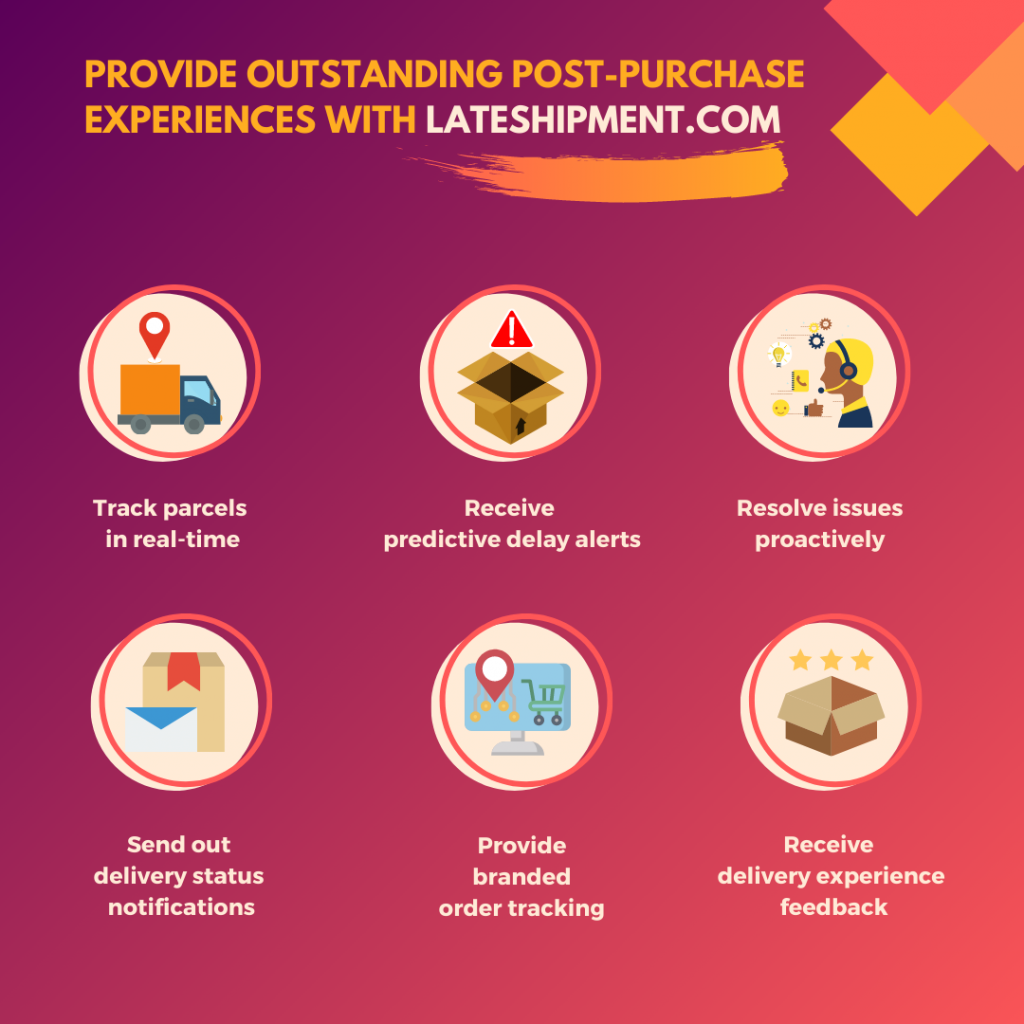
Last but not the least, DEM also seamlessly integrates with all your tech-stacks such as eCommerce and CRM platforms, Help desk and email marketing tools, and Order management systems, etc. This way, businesses can amplify their approaches and build rewarding delivery experiences at a larger scale.
Conclusion
It is now clear that you can close this existing post-purchase gap and offer a memorable experience by simply offering visibility into your shipments in transit and meaningfully interacting with your customers.
But closing it is just the bare minimum. The key lies in delighting customers in the post-purchase phase via frequent & meaningful brand-consistent interactions
This way, you can take control of how your customers interact with your brand post-purchase without changing the way you ship and build long-lasting customer relationships.
